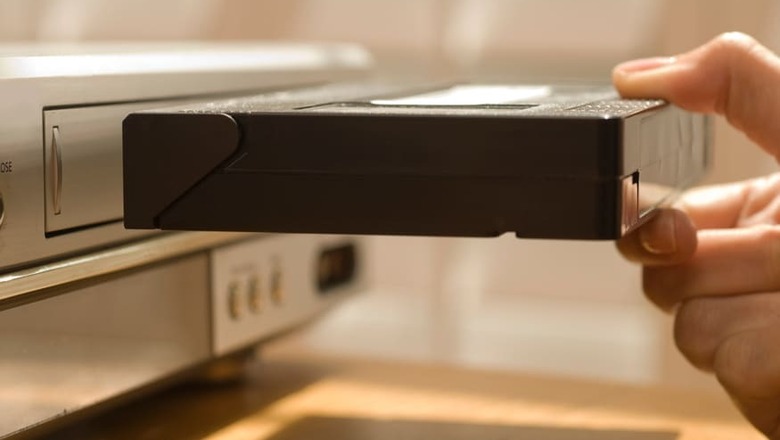
views
Funai Electric Company, the last remaining Japanese manufacturer of VCR devices -- sold under various brand names, such as Sanyo in North America -- has announced an end to production this summer. The manufacturer reported sales of 750,0000 video recorders worldwide in 2015. This latest nail in the coffin for the VCR spells the end of a technological era spanning over 40 years.
Philips and Sony presented their first reel-to-reel videotape recorders in the 1960s. The first home devices followed in the 1970s, showcased at the CES technology show. Over the years, several formats sprung up to compete in the consumer market, such as Sony's Betamax and the widely adopted VHS (Video Home System) format developed by JVC. This was officially launched in 1976, with the first compatible video recorders released in Japan before rolling out worldwide.
VHS cassettes could record between 30 minutes and five hours of video footage such as TV shows. Over time, VCR recorders were even capable of doubling this capacity, recording up to 10 hours of video on one cassette.
Although considered better quality among specialists, Betamax never managed to rival the VHS format, which offered higher-capacity and lower-cost cassettes. At the end of 2015, Sony announced it would stop selling Betamax cassettes commercially this year. Its last VCR devices date back to 2002. Funai has been making VHS recorders since 1983.
The DVD, which launched in 1996, followed by the Blu-ray in 2003, has now definitively overtaken the VHS. However, the VCR still holds a strong place the world's collective memory as the first means of recording video for home users. Although the device has been obsolete for several years, the death of the VCR still marks the end of an era.


















Comments
0 comment